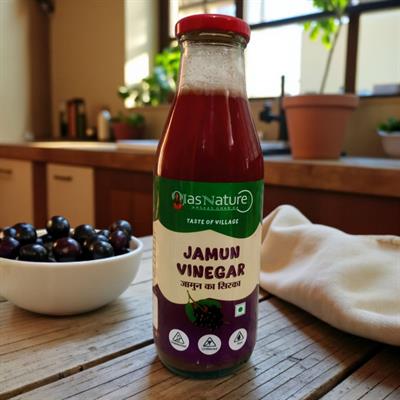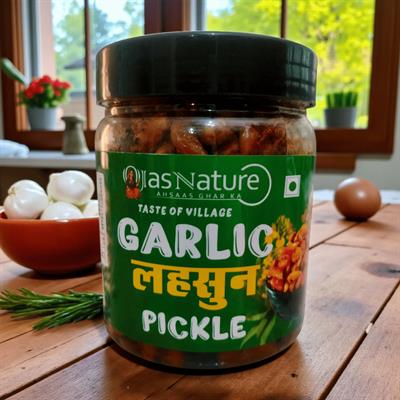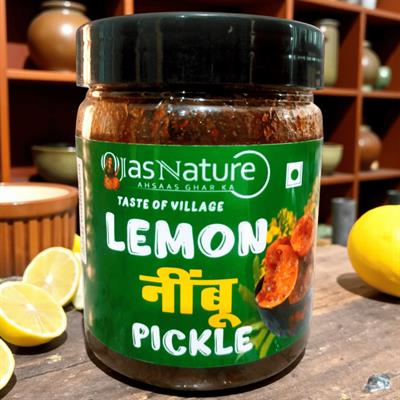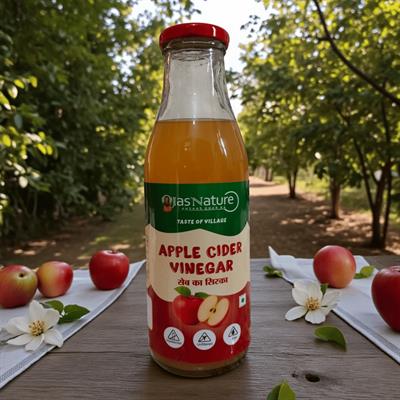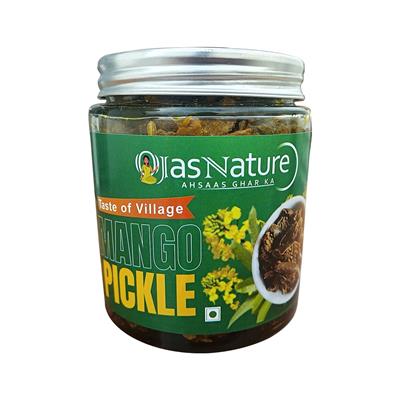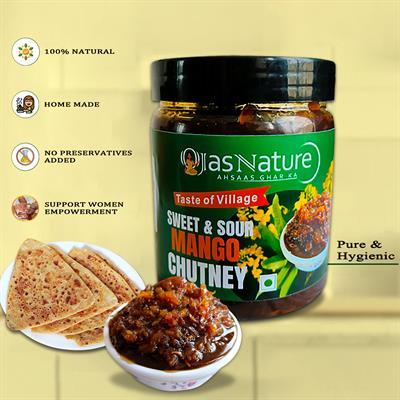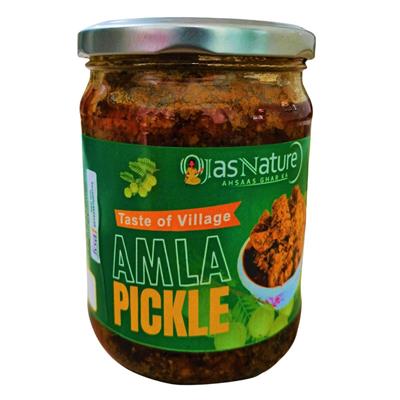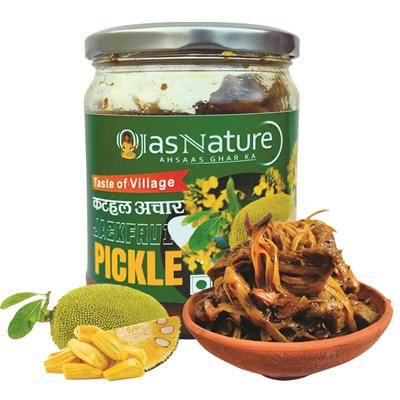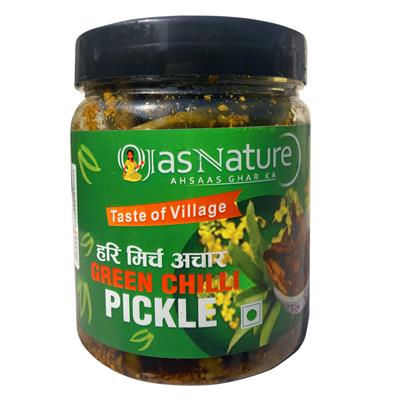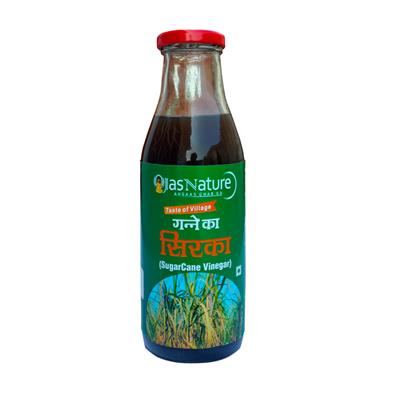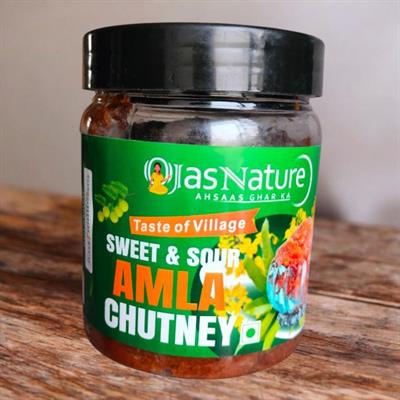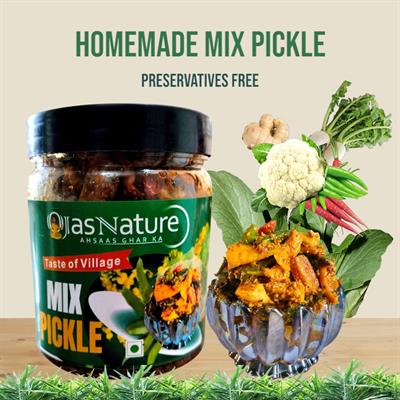Online shopping has made it easier than ever to bring traditional Indian flavors right to your doorstep. One such favorite is mango achar, a tangy and spicy delight that’s a staple in many Indian households. With increasing demand for home made achar, many small-scale businesses and home-based kitchens have started offering fresh and preservative-free pickles online. These options allow people to enjoy authentic flavors from different regions of India with just a click.
According to recent food e-commerce statistics, the online pickle market in India has seen a 35% rise in sales, especially for home made amla achar and mango pickles. The popularity of chemical-free, handcrafted products is growing fast. Consumers are not only looking for taste but also for quality, hygiene, and long shelf life when they purchase pickles online.
In this blog, we will discuss in detail how to store and use mango achar bought online to maintain its freshness and flavor. We’ll cover the right storage techniques, usage tips, and precautions to help you enjoy your pickle longer.
Why Proper Storage of Mango Achar Is Important
Preserving Flavor and Texture
Storing mango achar properly ensures that its authentic taste and texture remain intact. When exposed to air, moisture, or sunlight, pickles can lose their tanginess or even become stale. Especially with home made achar, which often lacks preservatives, good storage becomes even more essential.
Preventing Spoilage and Contamination
Unlike commercial products, home made achar usually contains fewer chemicals. While this is healthier, it also means that these pickles are more prone to spoilage if not handled with care. Proper storage keeps harmful bacteria and mold at bay, ensuring the pickle remains safe for consumption.
Best Storage Practices for Mango Achar
Use Airtight Glass Jars
Always store mango achar in clean, dry glass jars with tight lids. Glass doesn't react with acidic ingredients like vinegar or lemon juice, which are often used in pickles. Plastic containers may leach chemicals over time, especially in hot conditions.
Keep It Away from Direct Sunlight
Place the jar in a cool, dark place, like a kitchen cabinet or pantry. Direct sunlight can cause the oil to turn rancid and reduce the life of your pickle. Some people believe sun exposure enhances flavor, but this is only true during the initial curing stage—not after the pickle is ready.
Refrigeration – When and Why
If you live in a hot and humid climate, consider refrigerating your mango achar once opened. Especially with home made amla achar or mango achar made without synthetic preservatives, refrigeration helps extend shelf life by slowing down microbial activity.
Tips to Use Mango Achar Safely and Smartly
Always Use a Dry Spoon
Moisture is a pickle's enemy. Always use a clean, dry spoon to take out the achar. Even a few drops of water can cause mold or fermentation, spoiling the entire jar.
Serve in Small Quantities
Don’t keep the entire jar open on the dining table during meals. Instead, serve a small amount in a bowl, and store the rest securely. This avoids repeated exposure to air and bacteria.
Stir Occasionally
For oil-based mango pickles, gently stir or shake the jar once in a while to ensure the mango pieces remain coated with oil and spices. This also helps maintain even flavor throughout the jar.
Shelf Life of Mango Achar Bought Online
General Shelf Life Expectations
Typically, well-made home made achar can last anywhere from 6 months to 1 year, depending on the ingredients and storage conditions. Products bought from reputed online sellers usually come with labels mentioning the “best before” date.
Factors That Impact Shelf Life
-
Amount and type of oil used
-
Salt levels (a natural preservative)
-
Type of packaging
-
Whether preservatives are added
-
Environmental conditions (heat, humidity)
Homemade vs Store-Bought
Home made amla achar and mango achar may not last as long as commercial ones due to the absence of synthetic preservatives. However, with proper care and storage, their shelf life can be extended naturally.
Signs Your Mango Achar Has Gone Bad
Unusual Smell
If your achar starts to smell sour or has a foul odor, it’s a clear sign of spoilage. A good mango achar should have a strong, spicy aroma.
Mold Growth
Mold is usually white or green and appears on the surface. If you see it, it’s best to discard the pickle, as mold can release toxins.
Change in Taste or Texture
If the mango pieces turn too soft or slimy and the flavor becomes bitter or unpleasant, the pickle has likely gone bad.
Additional Tips for Long-Lasting Freshness
Don’t Mix with Other Pickles
Avoid mixing home made achar varieties in one jar. Each type has its unique oil, spices, and preservation method. Mixing them can disturb the balance and cause quicker spoilage.
Top Up with Mustard Oil
If the oil level goes down in the jar, add a little warm mustard oil to cover the top layer. This acts as a protective seal against air and moisture.
Label the Jar
Always label the jar with the purchase or preparation date. This helps you keep track of how long the pickle has been stored and when it's time to finish it.
Final Thoughts
Storing and using mango achar the right way helps you enjoy its authentic flavor while avoiding spoilage. Since home made achar and home made amla achar often skip chemical preservatives, they need a little extra care—but the reward is worth it. The rich, tangy burst of flavor can elevate any meal, be it parathas, dal-rice, or khichdi.
By following simple tips like using airtight jars, keeping moisture out, and storing in a cool place, you can enjoy your online-bought mango achar for months. With growing awareness about natural, chemical-free food, more people are turning to home made achar options. Proper storage ensures you make the most of this delicious and healthy tradition.

